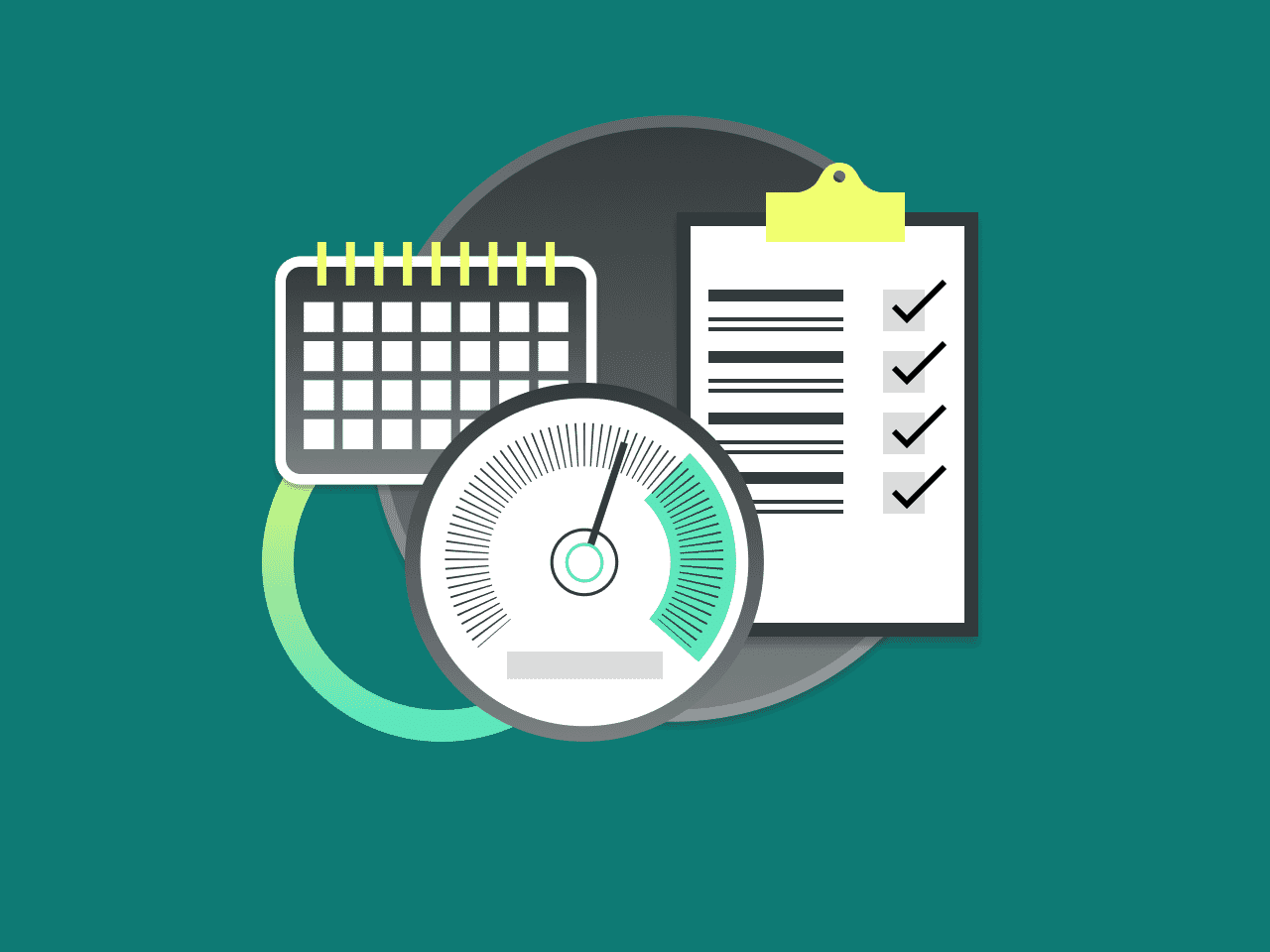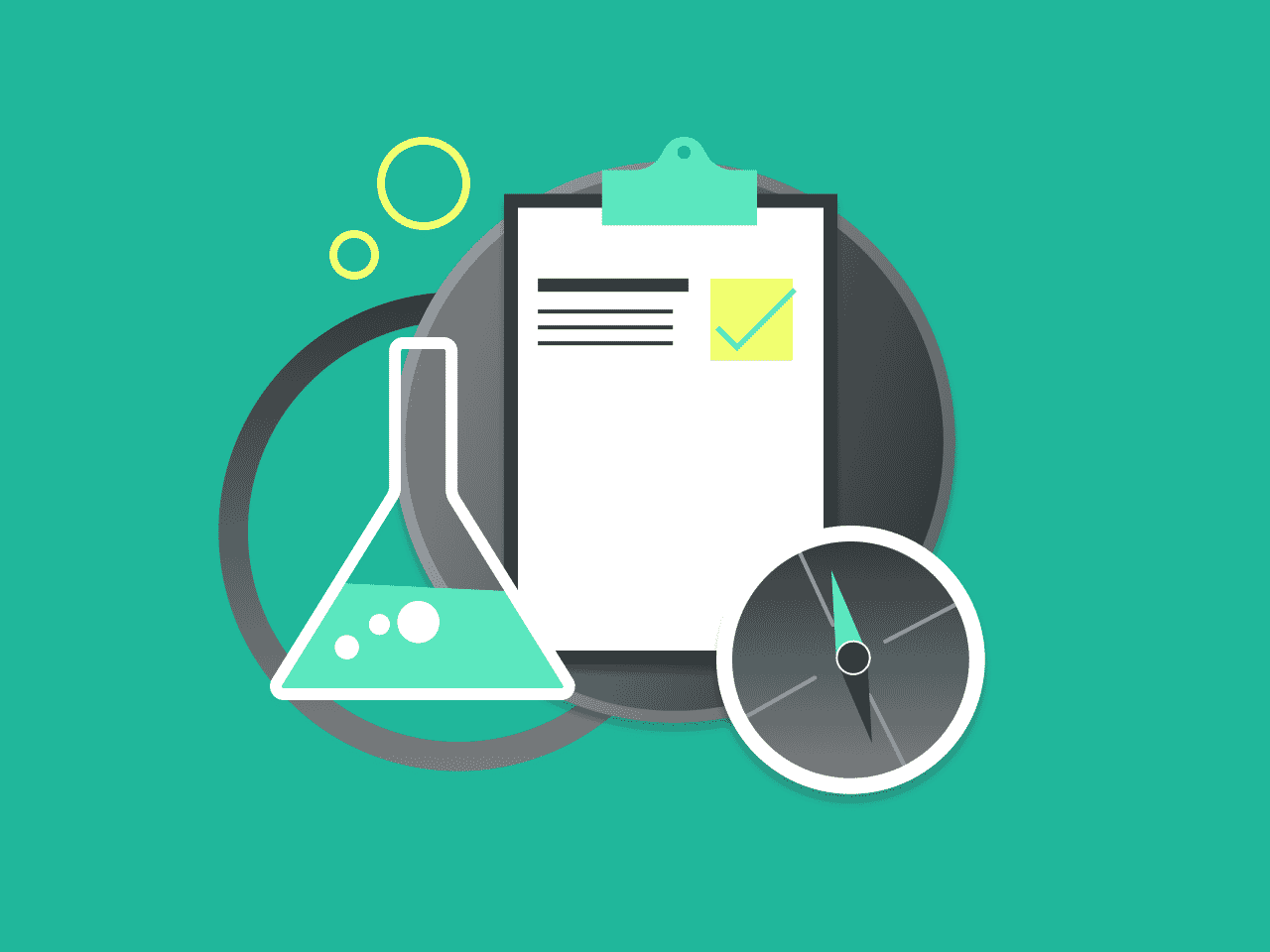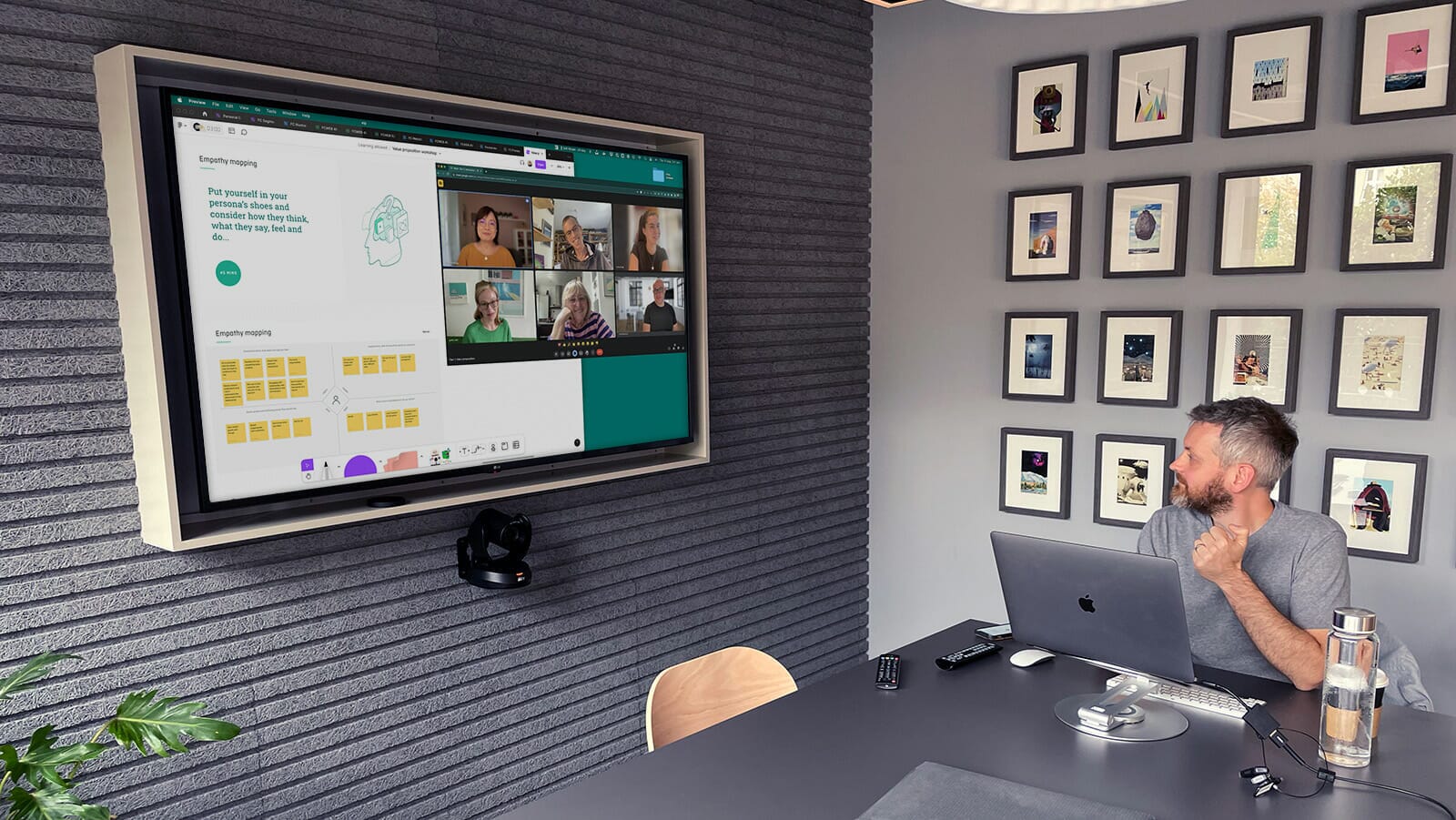Process
Our brief was to redesign an innovative new digital platform to be used by major UK broadcasters. As part of the project, we developed a feedback loop of user research, testing and validation with customers who use the platform.
We regularly engaged with more than ten user groups and created a series of workshops to carry out with them. This helped us gain an understanding of how they use the current platform, including their likes, frustrations, and what they would like to see in future iterations. Using this information, we put a system in place whereby the agencies are engaged, interested, feel listened to, and are fully on board with supporting continual improvements to the new platform, now and in the future.
The next section of this article will guide you through the first two steps of this project – analyzing an existing platform through the eyes of the users. Look out for the top tips throughout to help plan your own user research and testing journey.
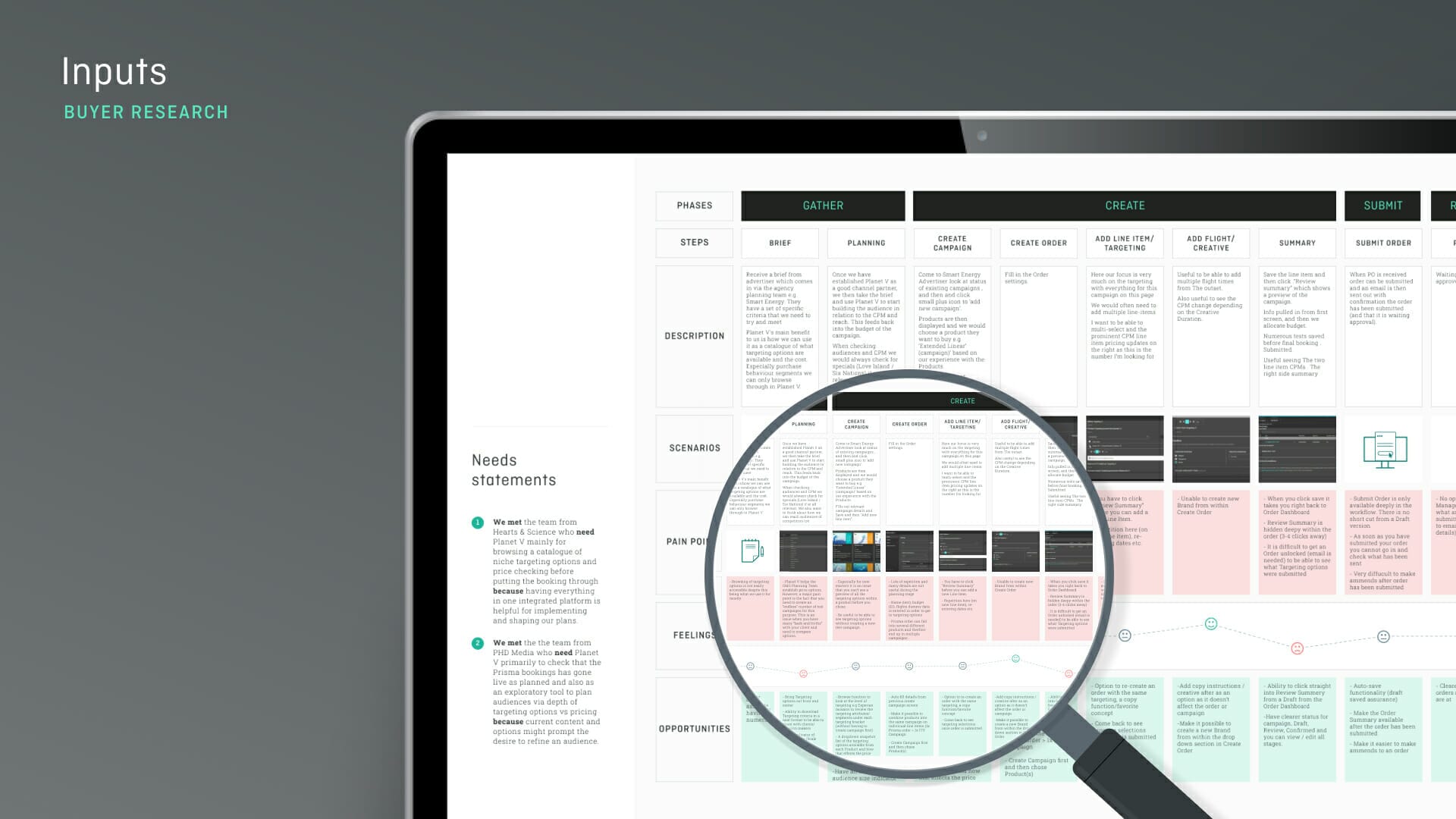
Step 1. Journey mapping workshops
This stage can easily be carried out digitally using screen share on a video conferencing tool that works for you and your participants. Create workshop slides and a journey mapping template that can be shared on the screen as prompts.
Firstly, set the scene and provide any background information. Encourage participants to feel comfortable sharing their thoughts and be as open and honest as possible. Ask them to walk you through each step of their journey. Focusing on one area or a set of tasks at a time allows you to gather quality research, and you can always add a general Q&A at the end if needed. Let participants speak, and listen so you can form a deep understanding of the current environment from their perspective. Ask prompting questions where needed, for example, are there any pain points during this stage of your journey?
Then map your participant’s current journey and identify their needs, pain points, and opportunities. When this is complete and you’ve covered any final questions, you may want to ask users to rate the current platform and designs using key UX metrics in order to track and validate improvements.
Step 2. Review your findings
After a final Q&A, thank your participants for their time, thoughts, and ideas, then outline the next steps. After the session, you may want to contact the participants to inform them when they will receive a copy of the journey mapping or any follow-up notes.
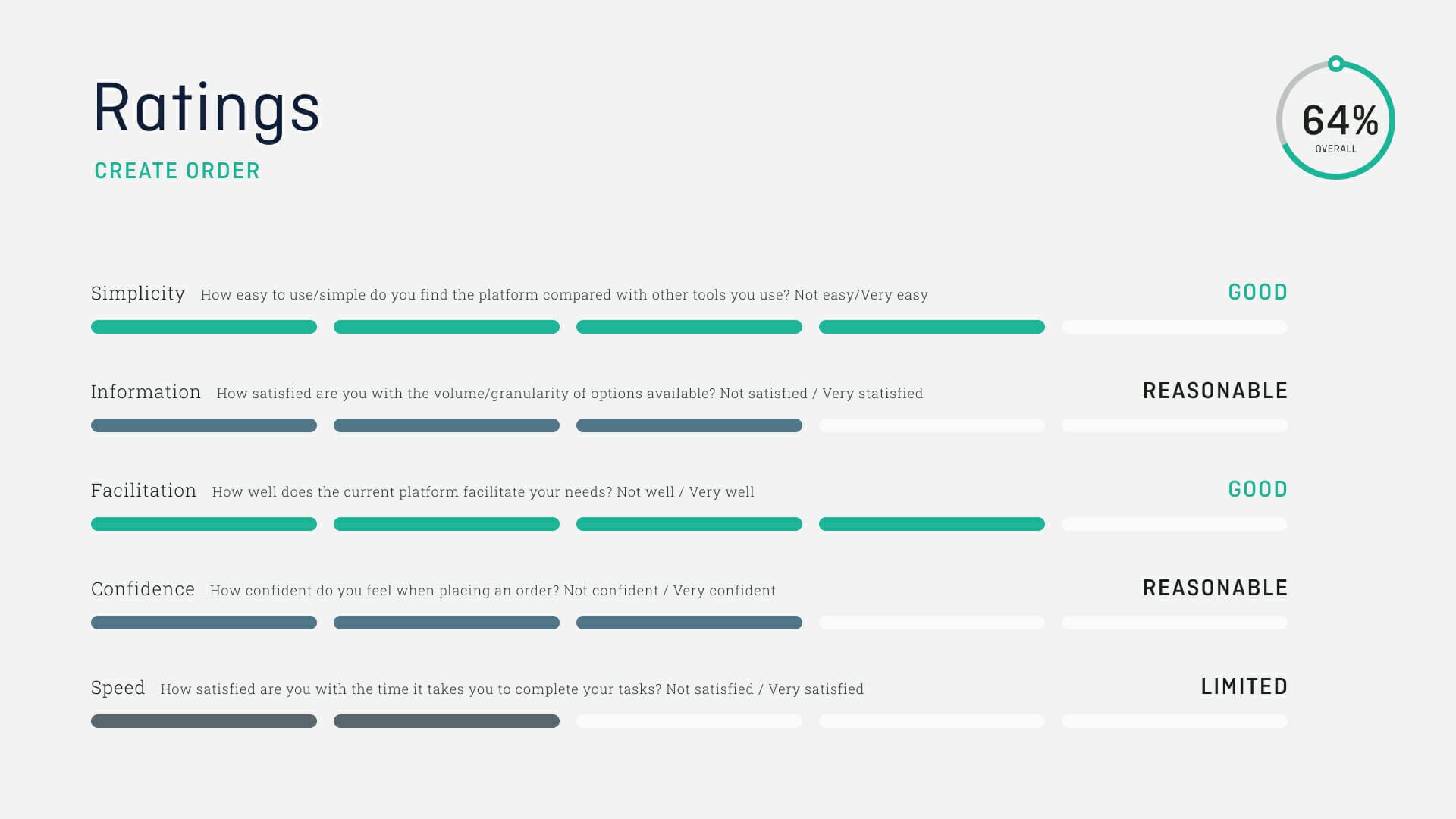
Top tips
- Have the workshop slides ready with enough time to review and spell check.
- Do a technical check! Get your team to help by pretending to be users.
- Sense check your workshop slides to ensure you’re not sharing sensitive or confidential information.
- Consider NDA and confidentiality agreements if the new designs being shown are sensitive.
- Ask permission to record the session. This way you can listen to and engage with the users throughout the session without having to worry about note-taking.
- Respect people’s time by ensuring you stay within what was agreed.
- Save the session recordings – now is a great time to create a clear system where everything can be stored and analyzed, giving access to the necessary team members.
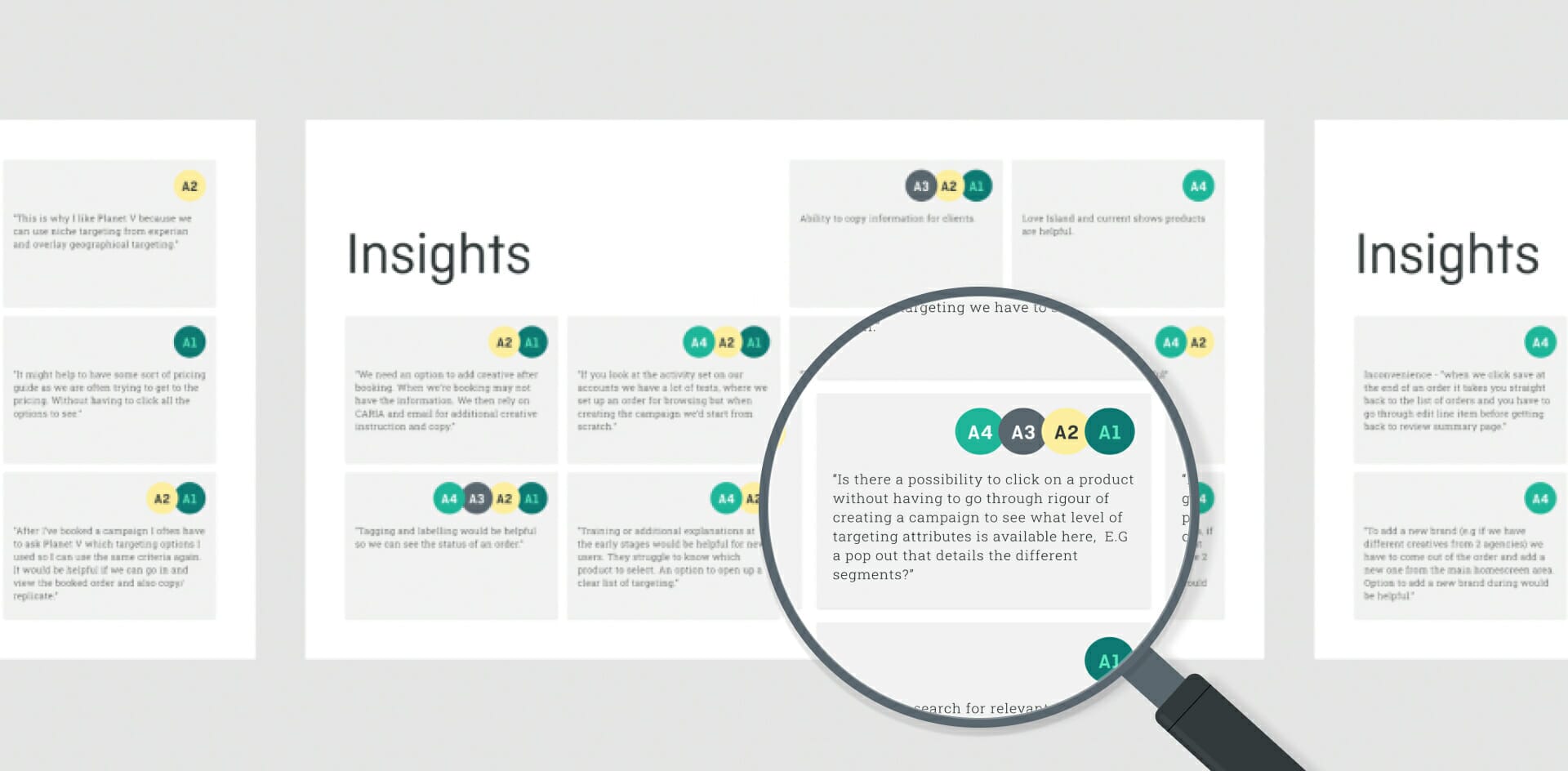
After each workshop, listen back to the recordings and take notes, capturing everything in your journey mapping template and Q&A section. You may also decide to collect important quotes from participants. Ensure all notes are accurate and gathered in a clear, understandable format that participants and anyone in your team can understand. If you have agreed to share the journey mapping with your participants, ensure this is sent in a timely manner.
Once all the workshop sessions are complete, review and consolidate everything into a summary that highlights the most common likes, dislikes, pain points, and opportunities. Check out our journey mapping summary sheet below for an idea of how to do this.
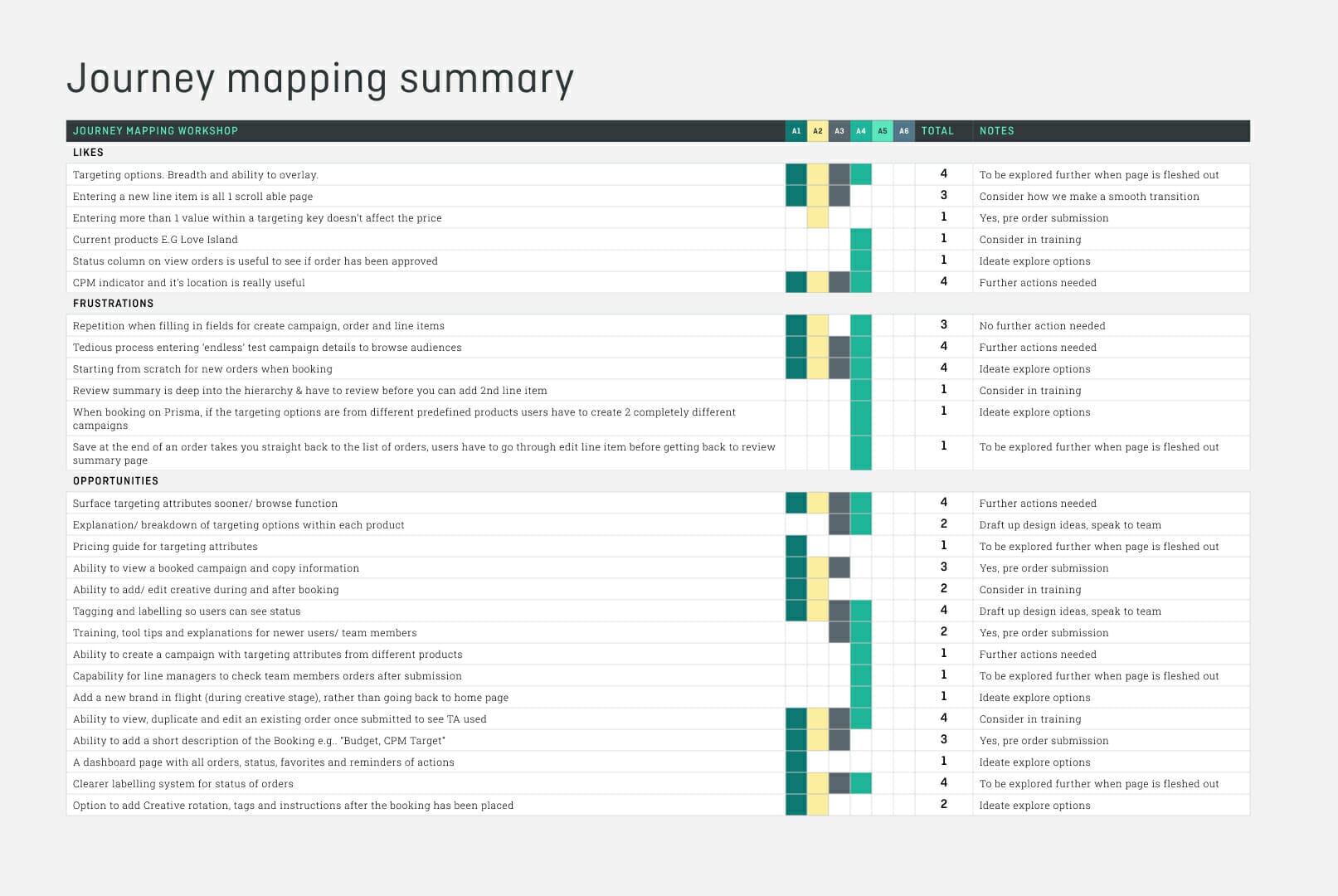
Top Tips
- It’s likely the amount of information gathered might feel overwhelming, so create a clear system to store your notes and remember you always have the recordings to go back to.
- Listening back to all the videos can be time consuming, and you don’t want to miss any vital feedback, so split this up by taking breaks and working on other projects in between.
Next steps
We will be exploring the next stage of this guide to user research and testing in the near future, so keep an eye out for where we’ll be exploring how to distil down user research to find design solutions.
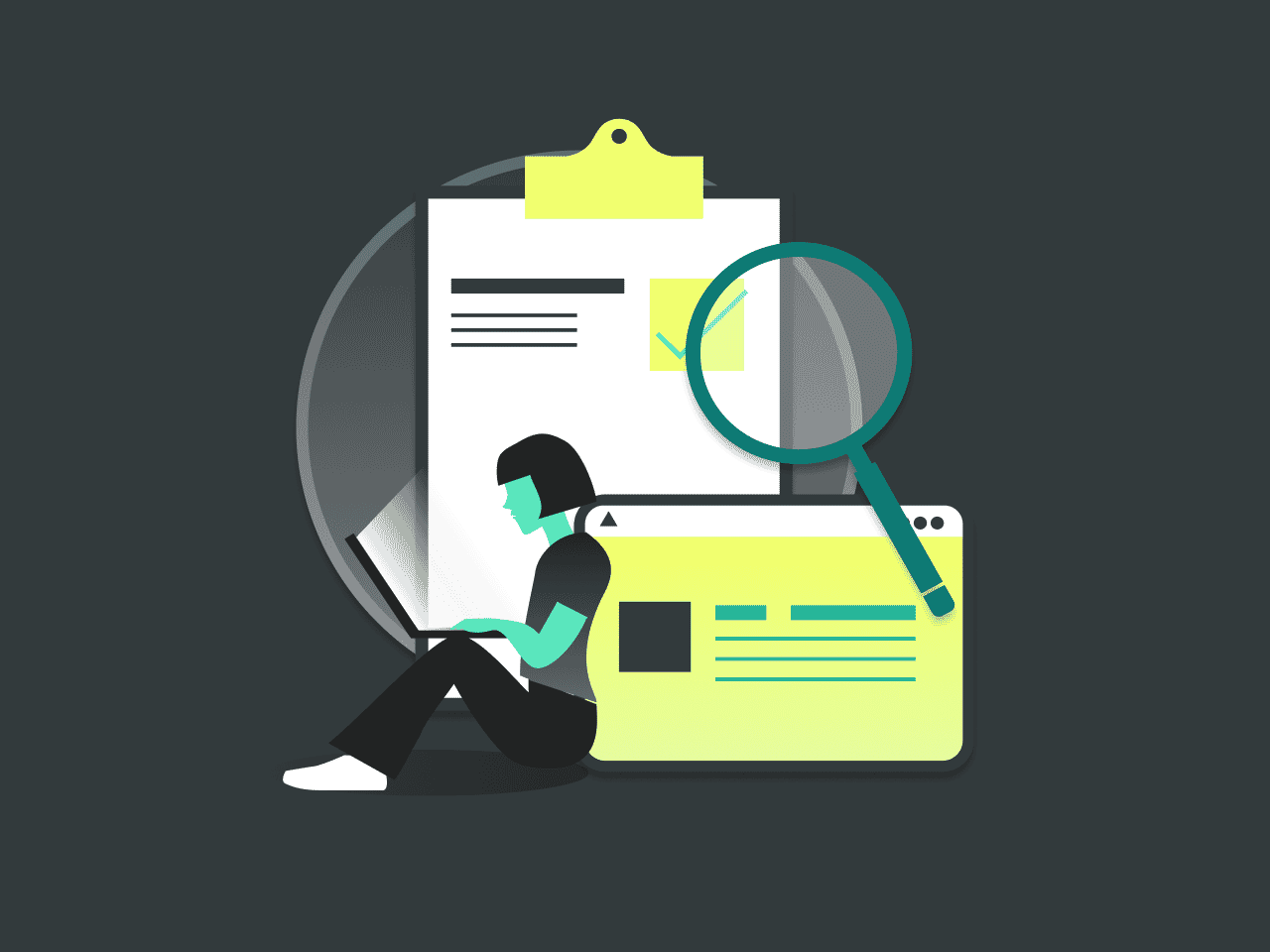
Find out more
If you’d like help in creating a continual feedback loop with user testing and validation, Please do get in touch with us.



